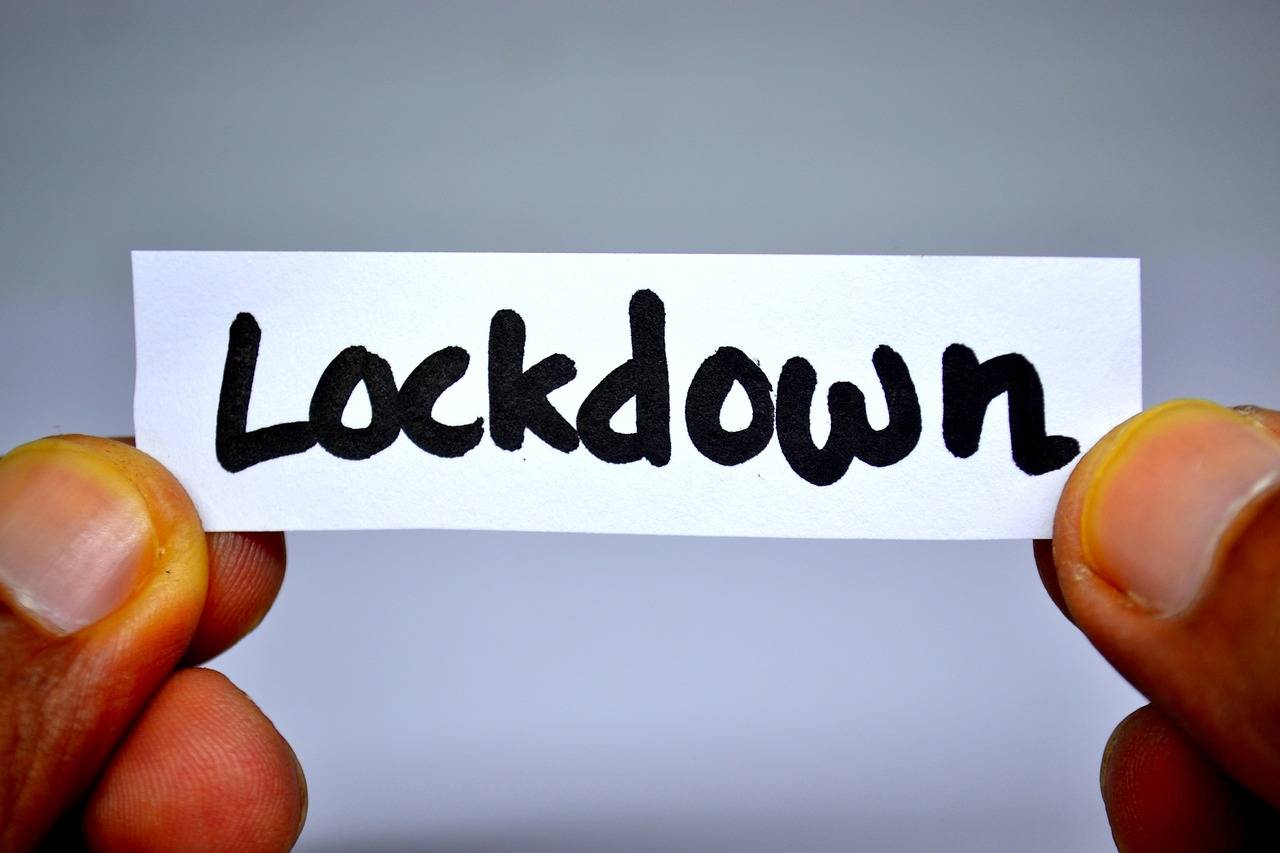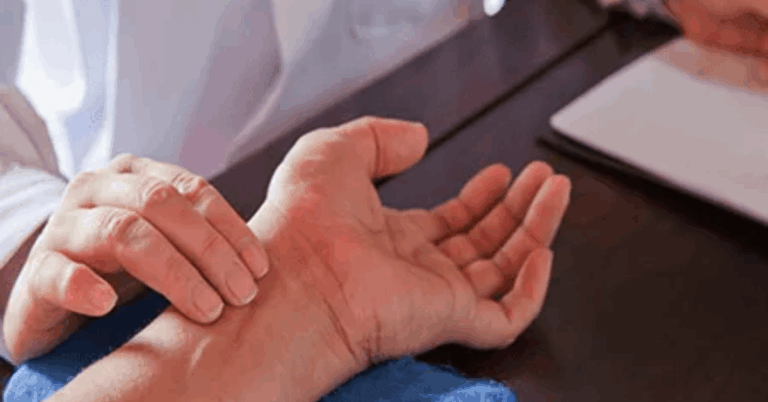The Role of Art Therapy in Healing Trauma
Art therapy has proven to be a powerful tool in helping individuals navigate through the complexities of trauma recovery. Through the creative process of making art, individuals can express and explore their emotions in a non-verbal manner, allowing for a deeper understanding and processing of their experiences. This can be especially beneficial for those who struggle to verbalize their trauma or find traditional talk therapy challenging.
Furthermore, art therapy provides a safe and supportive environment for individuals to confront and work through their trauma in a more tangible and hands-on way. Engaging in art-making can help individuals externalize their internal struggles, making it easier for them to identify and address their emotions. This process can lead to increased self-awareness, self-expression, and a sense of empowerment in their healing journey.
Understanding Trauma and its Impact on Mental Health
Trauma, whether stemming from a single distressing event or cumulative experiences, can profoundly affect an individual’s mental health. The impact of trauma often manifests in various ways, such as intrusive thoughts, flashbacks, anxiety, and difficulty regulating emotions. These symptoms can interfere with daily functioning and significantly impair one’s quality of life.
Furthermore, trauma can lead to long-lasting effects on a person’s overall well-being. It can influence not only their mental health but also their physical health, relationships, and ability to trust others. Understanding the multifaceted ways in which trauma can impact an individual is crucial in providing effective support and interventions for those who have experienced such distressing events.
Exploring the Therapeutic Power of Creativity
Art therapy harnesses the transformative potential of creativity to assist individuals in navigating through emotional turmoil and psychological distress. Through various artistic mediums such as painting, sculpture, and music, individuals can externalize their internal experiences, providing a tangible outlet for expression and healing. Creating art allows individuals to explore complex emotions, memories, and thoughts in a safe and nonverbal manner, enabling them to process and make sense of their inner world.
The therapeutic power of creativity lies in its ability to facilitate self-discovery and introspection, offering individuals a unique way to connect with their innermost selves. By engaging in creative activities, individuals can tap into their subconscious thoughts and feelings, revealing insights that may have otherwise been inaccessible through traditional forms of therapy. The act of creating art can foster a sense of empowerment and self-expression, providing individuals with a means to communicate their innermost struggles and triumphs in a way that transcends words.






